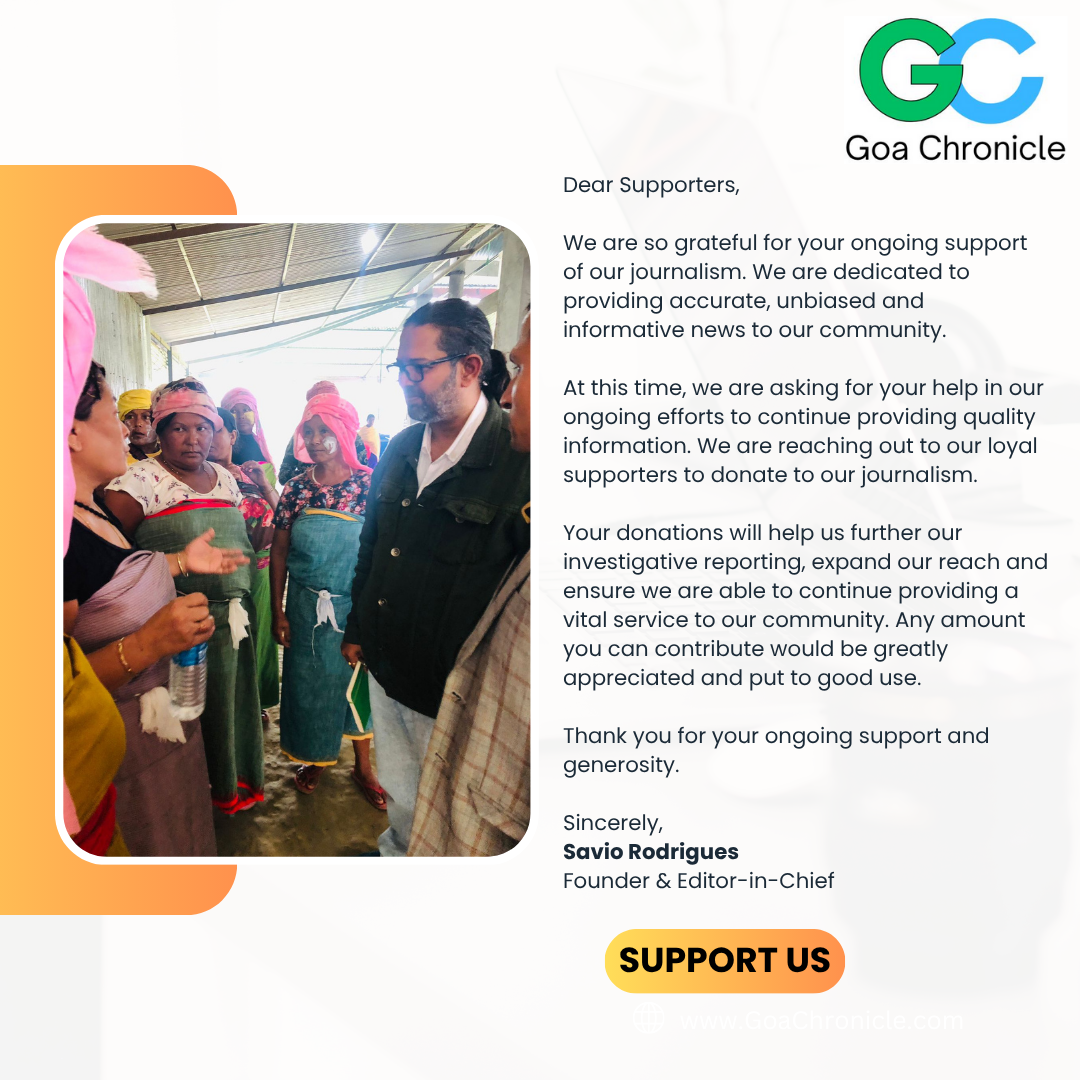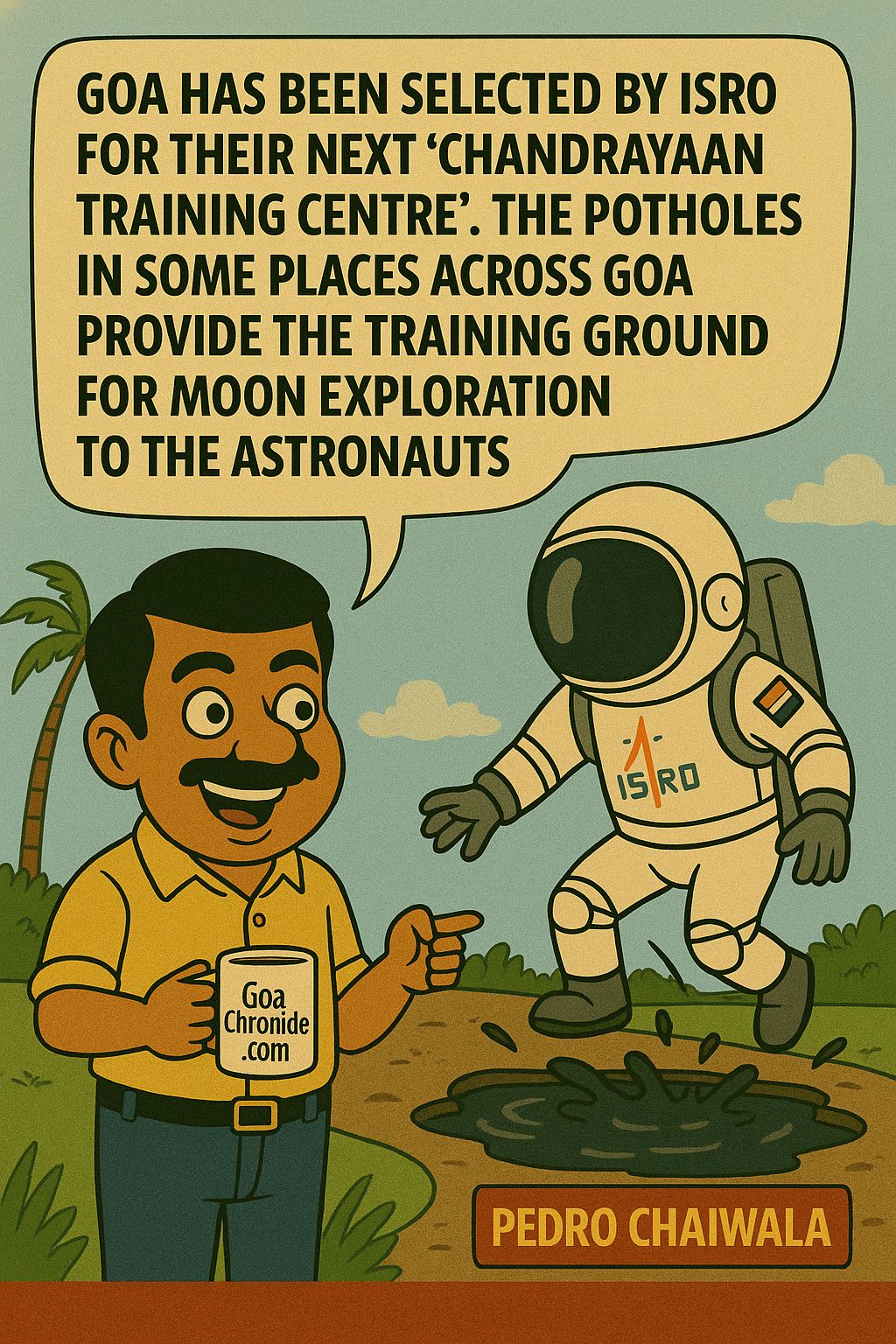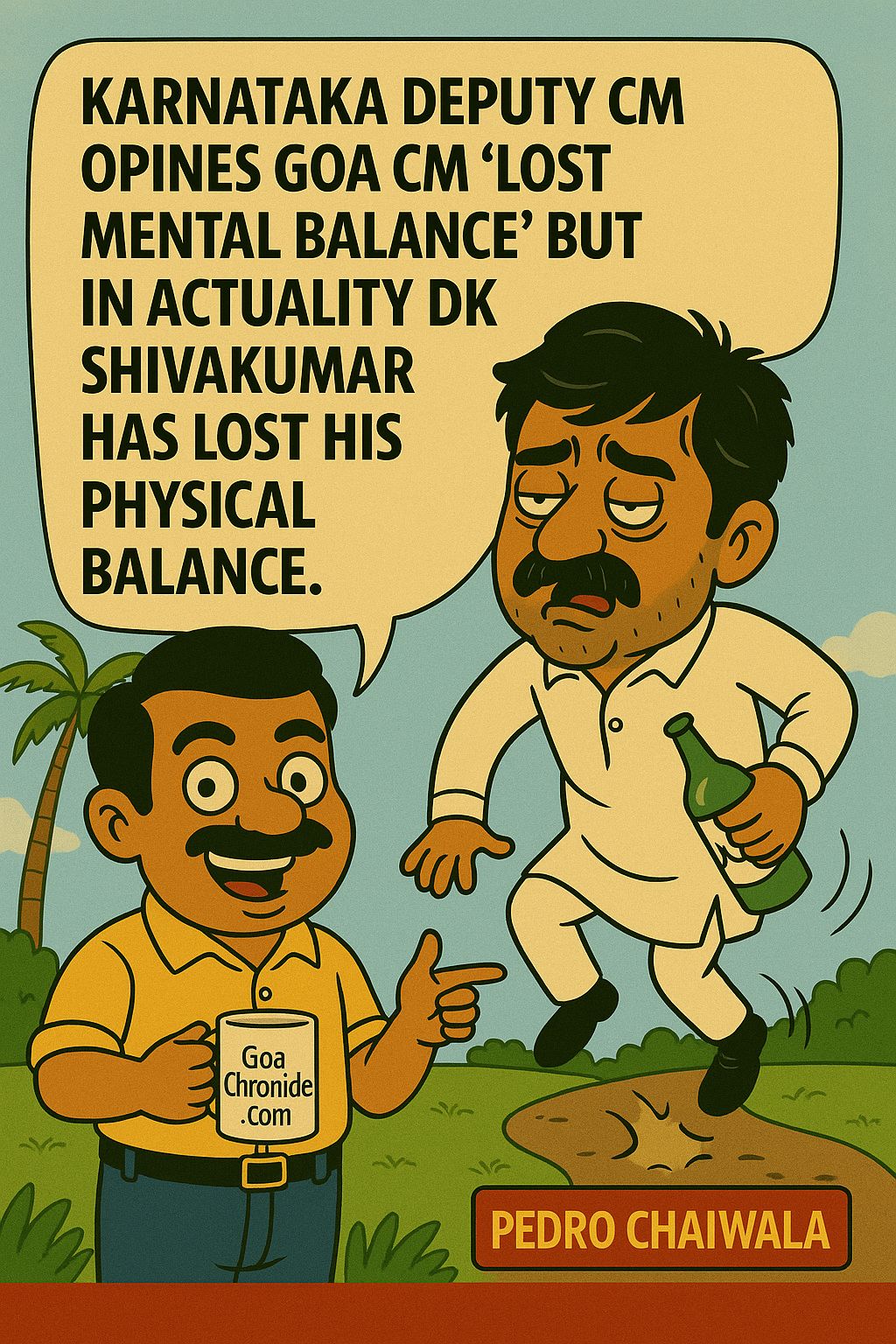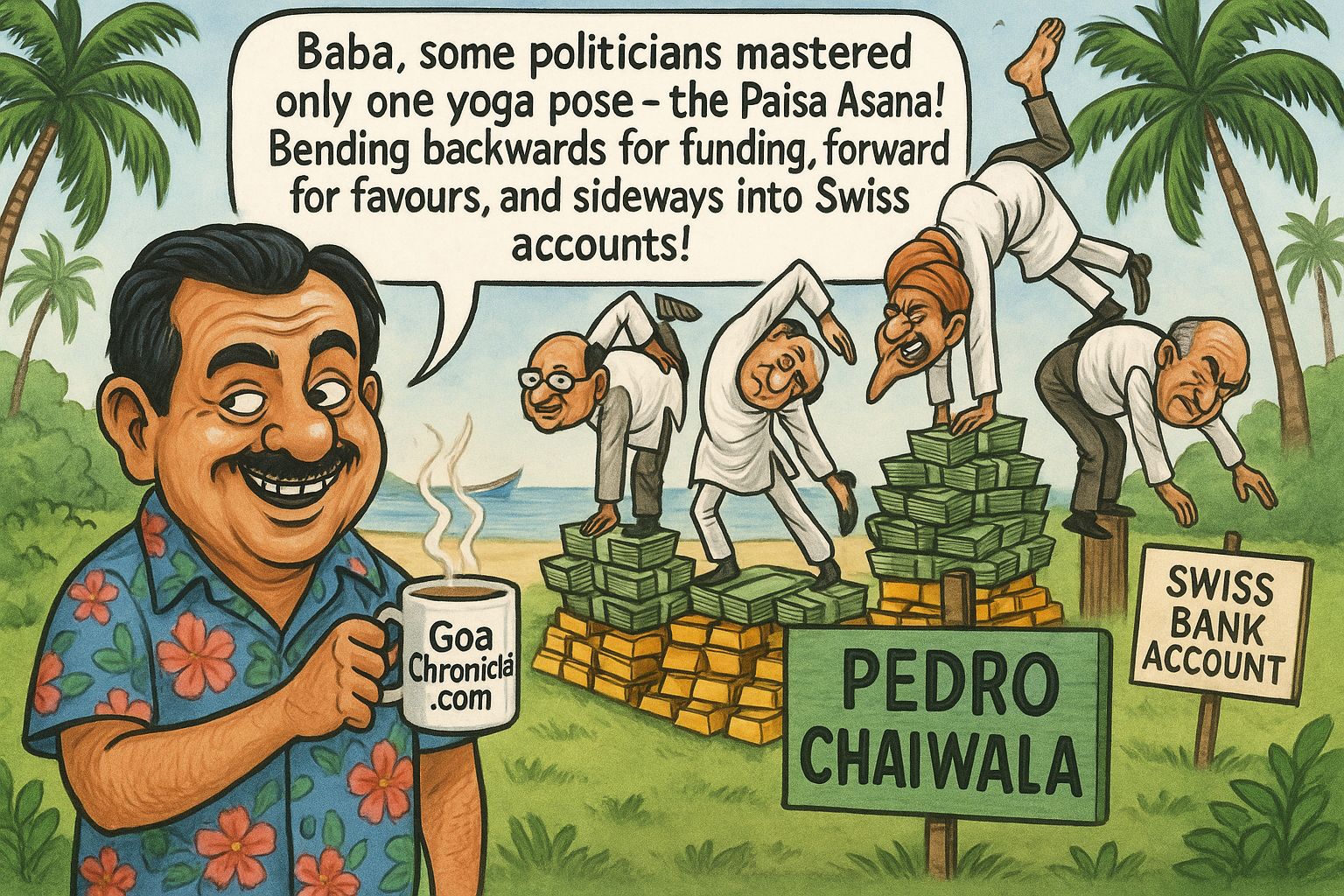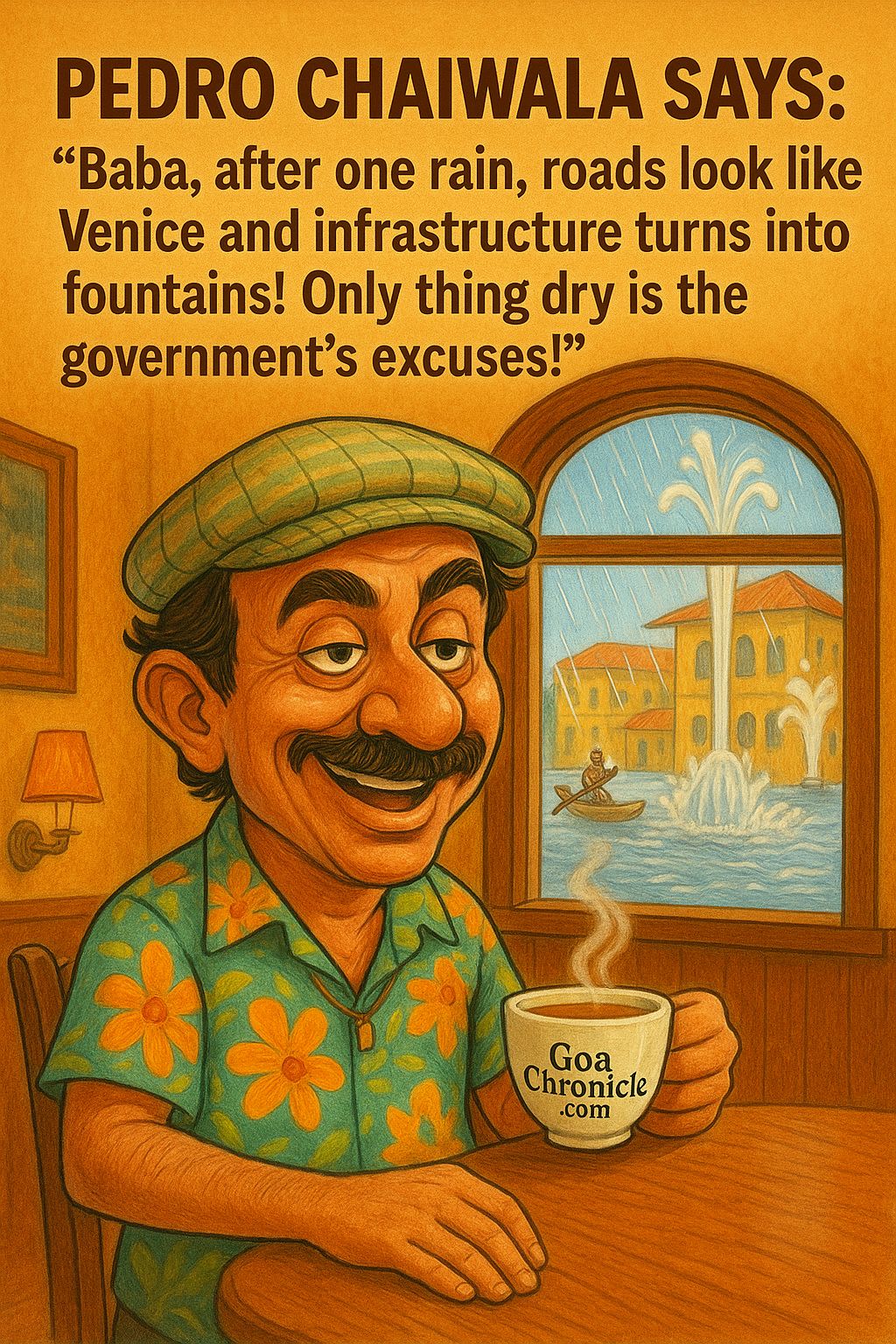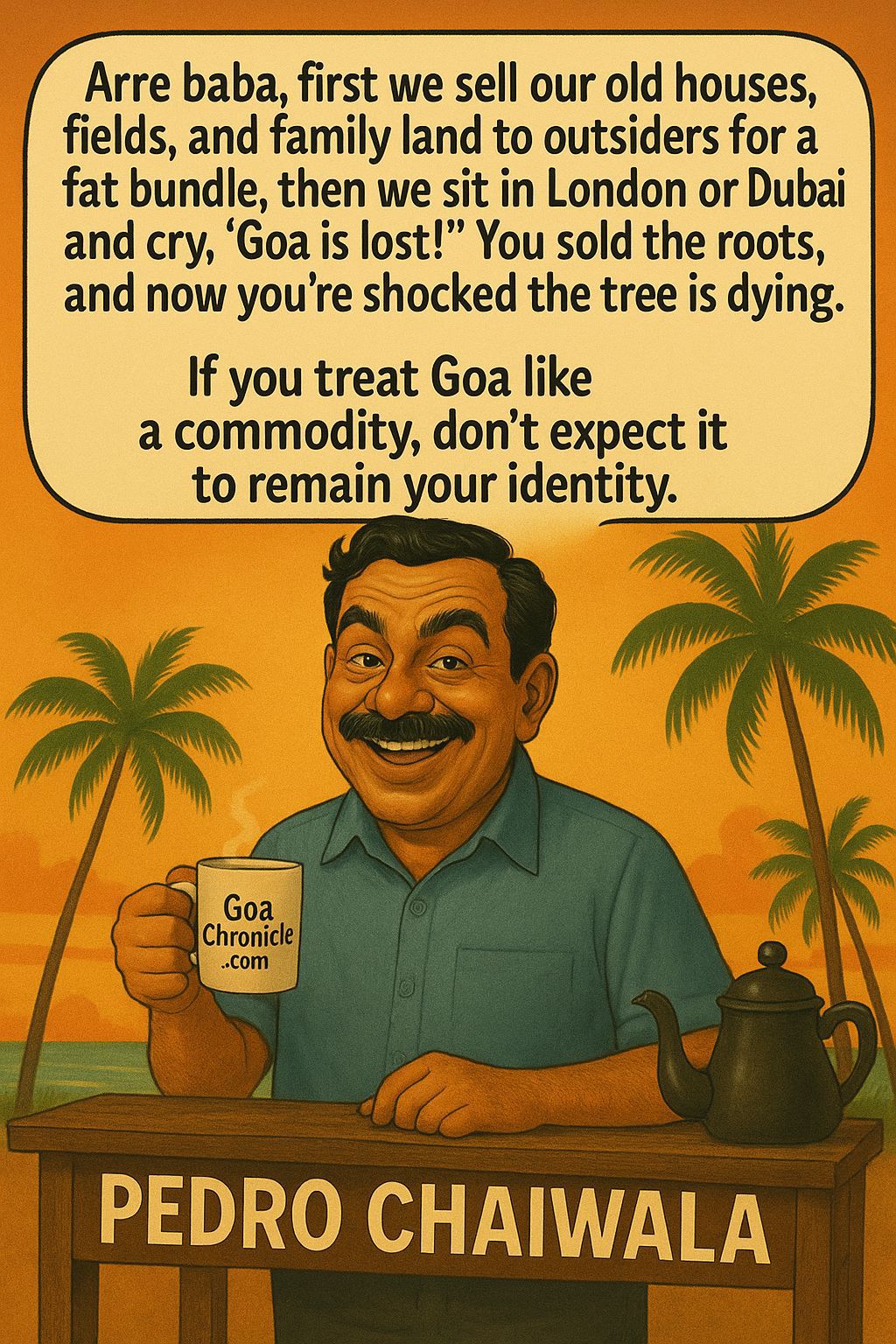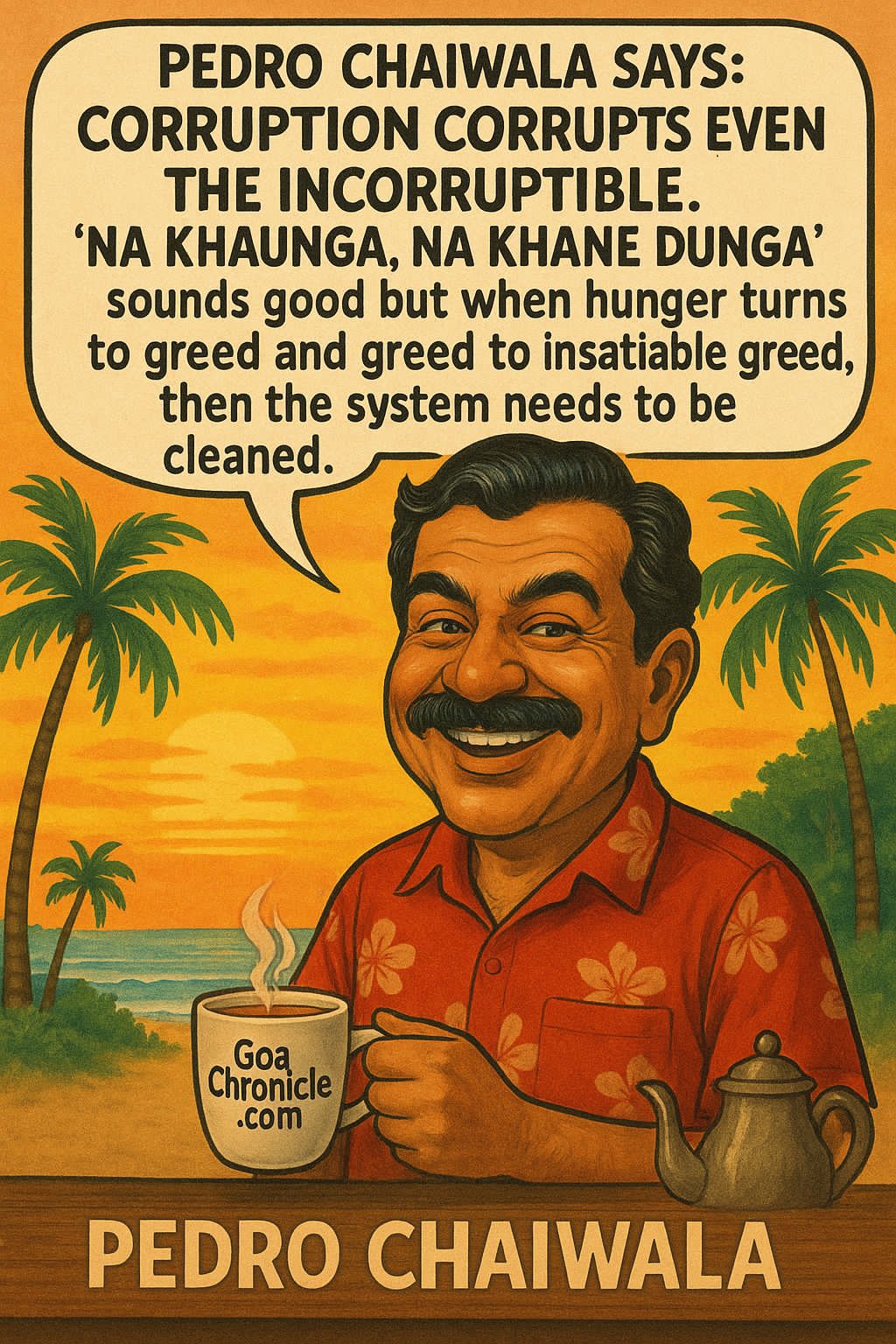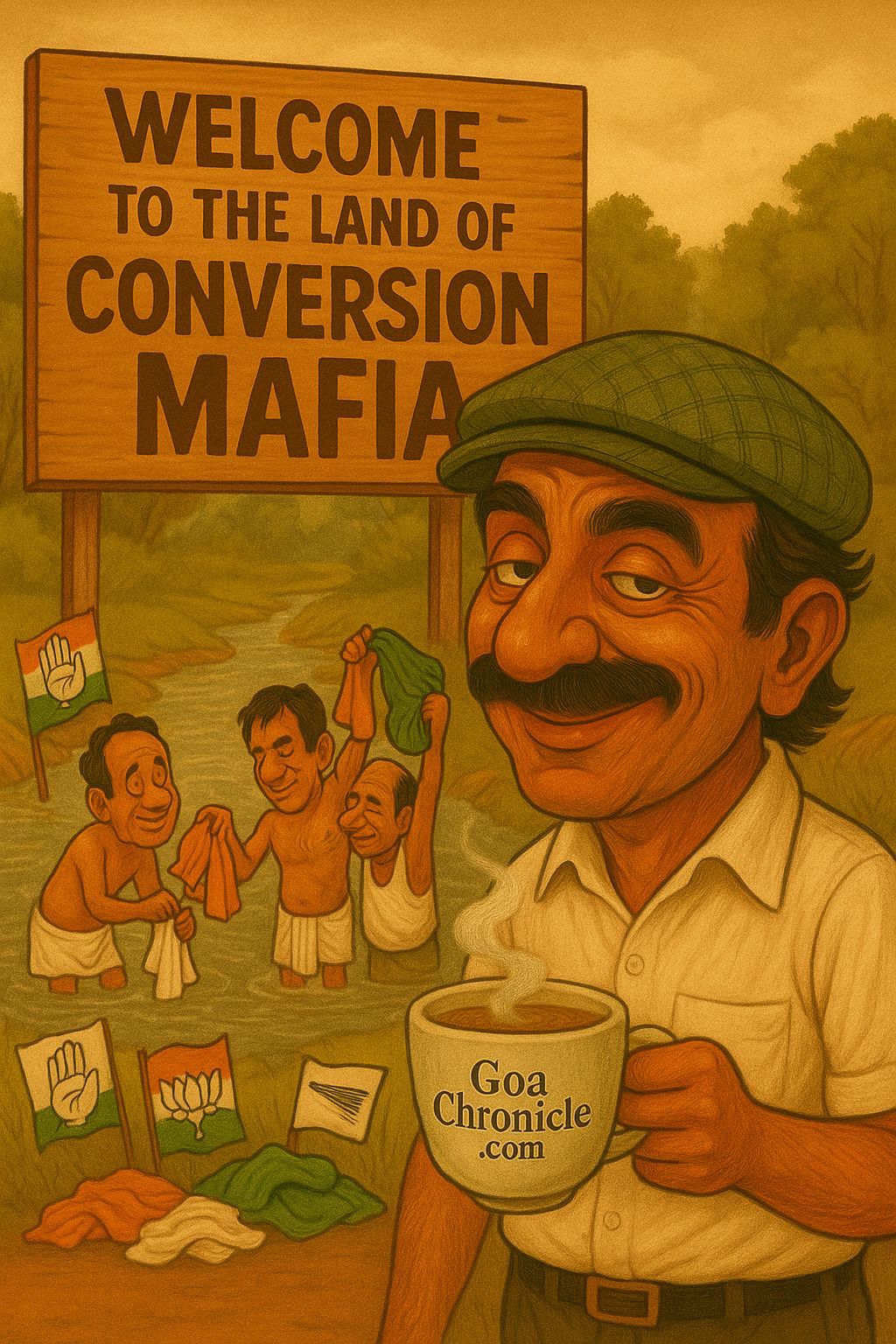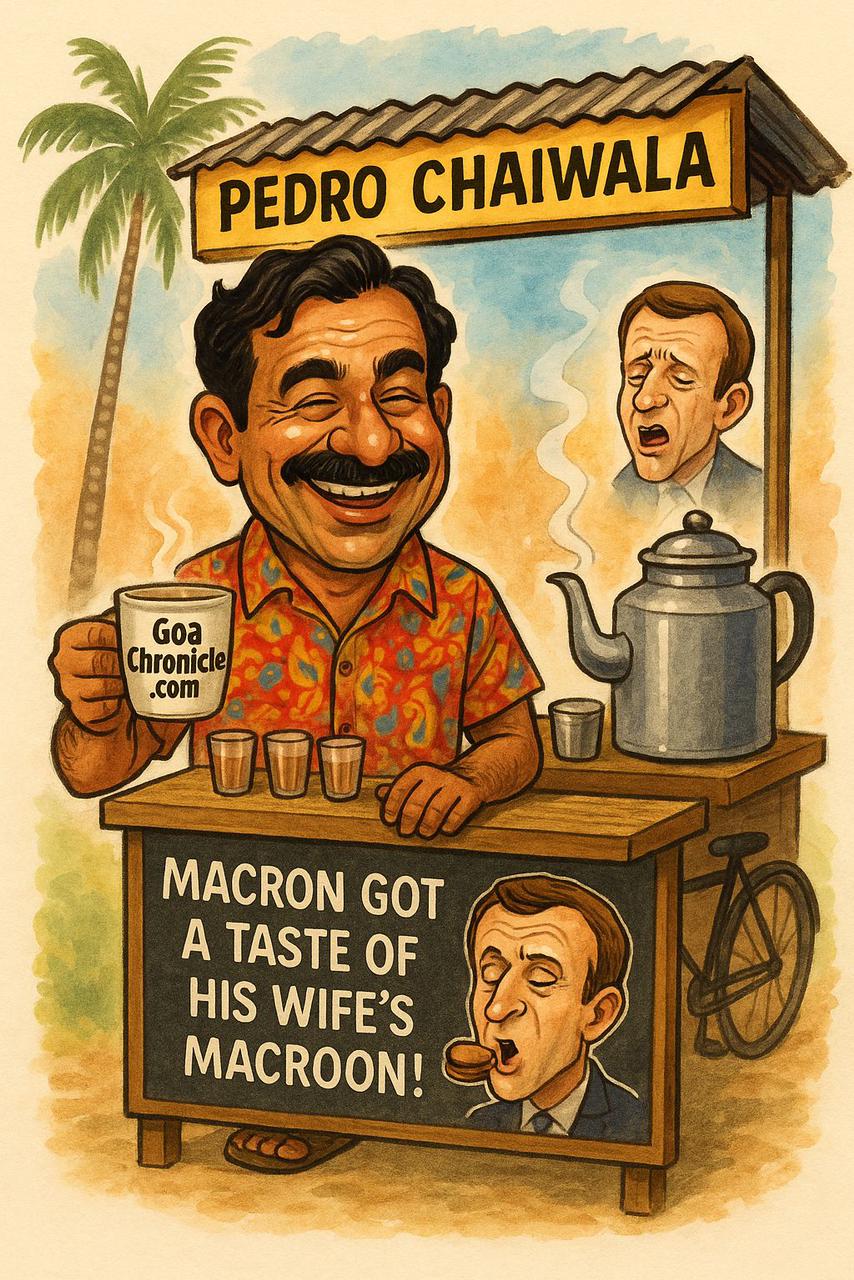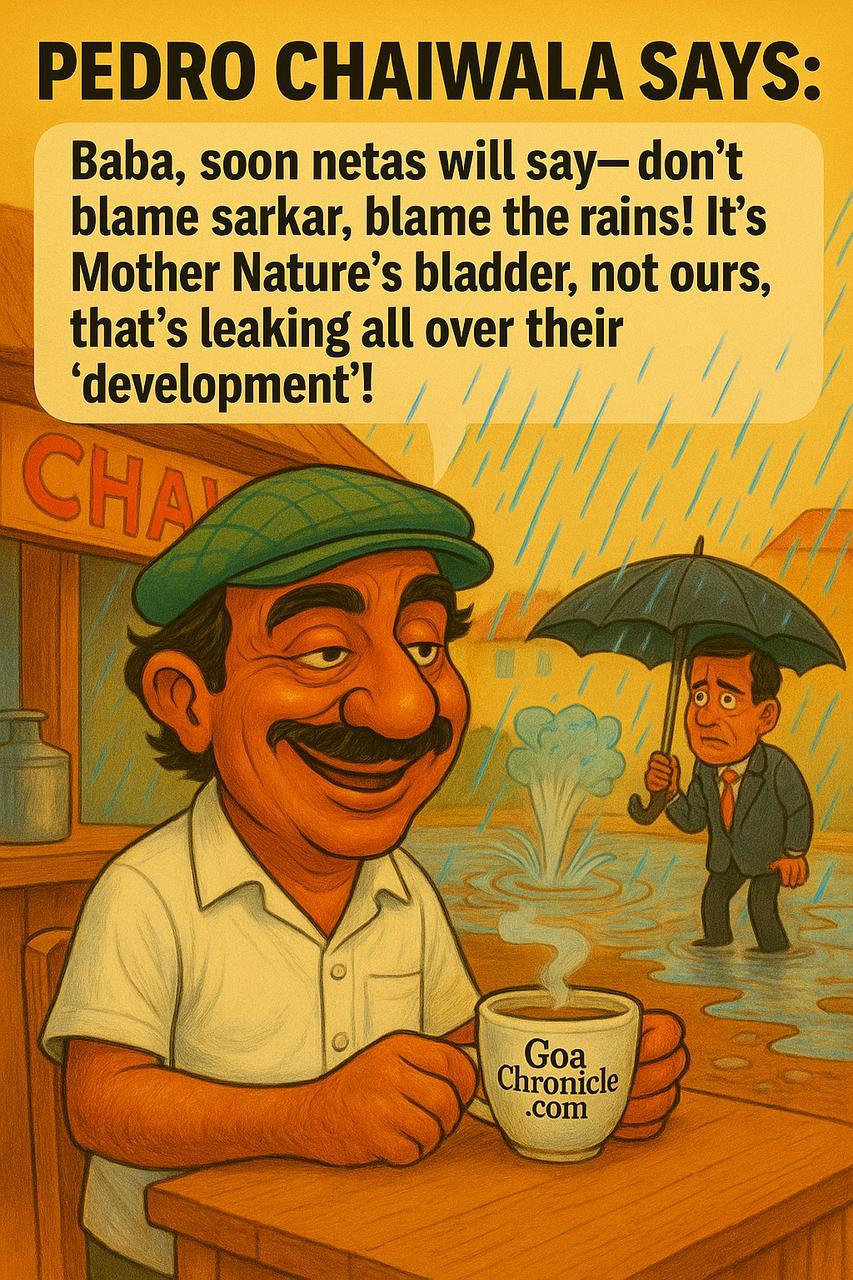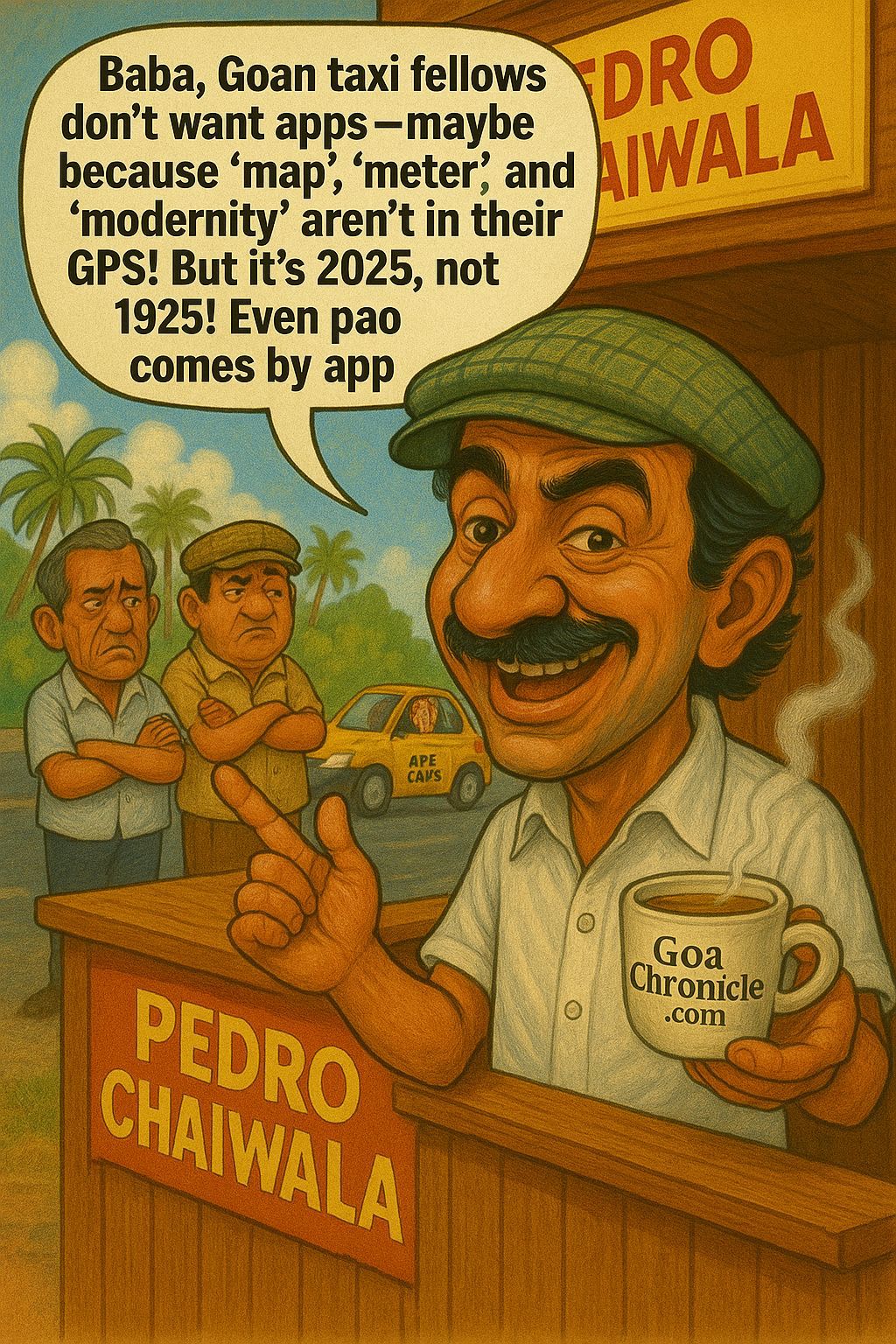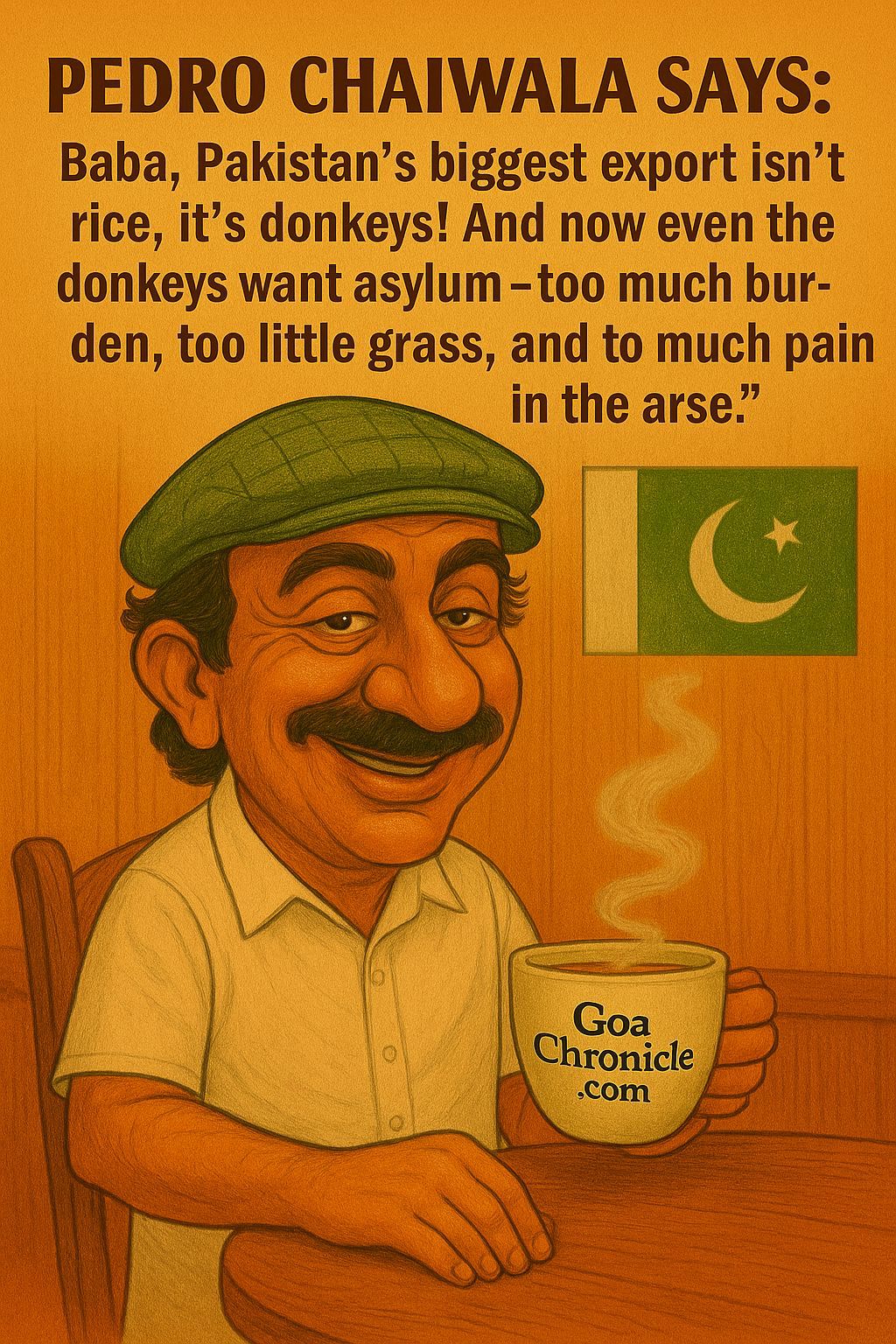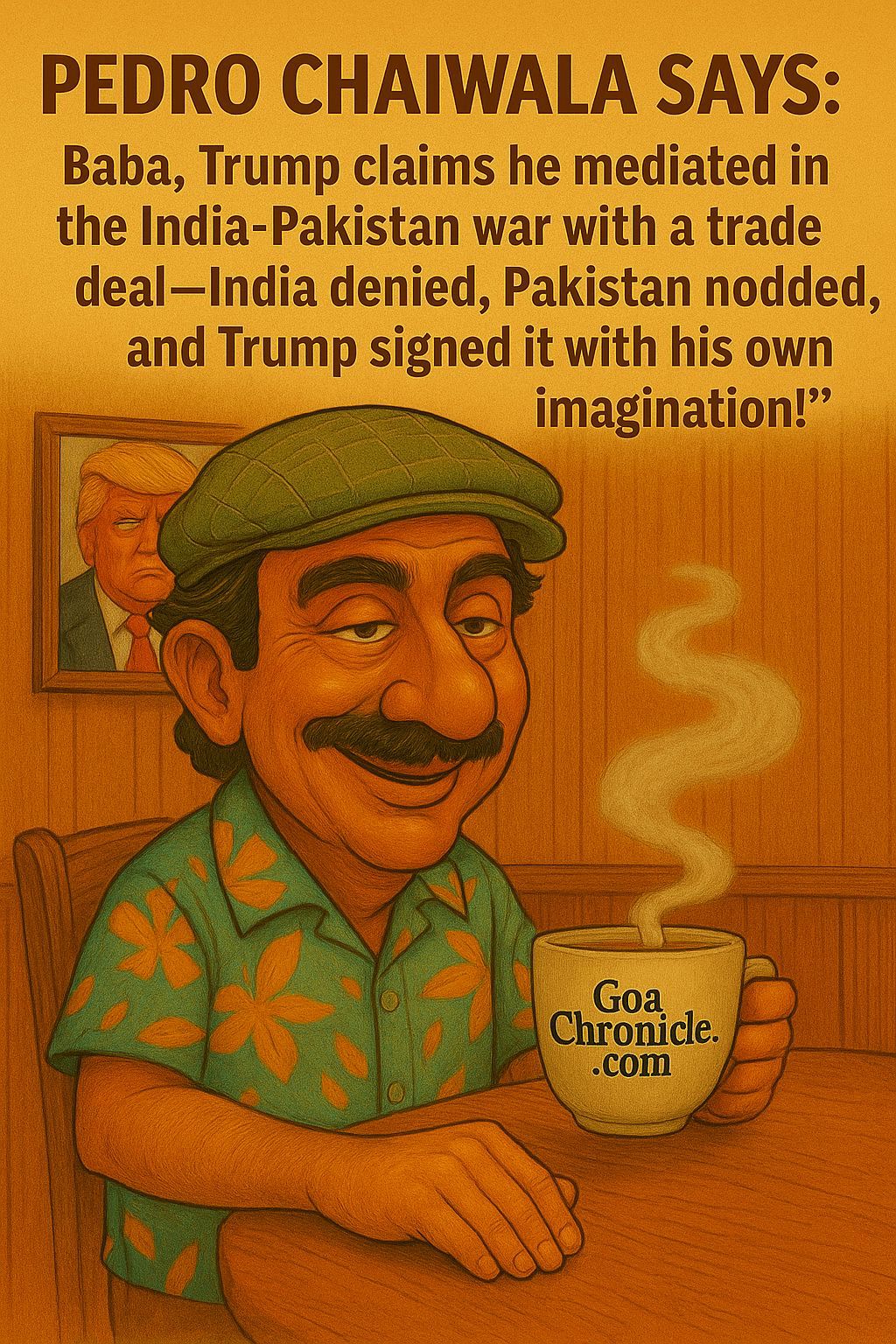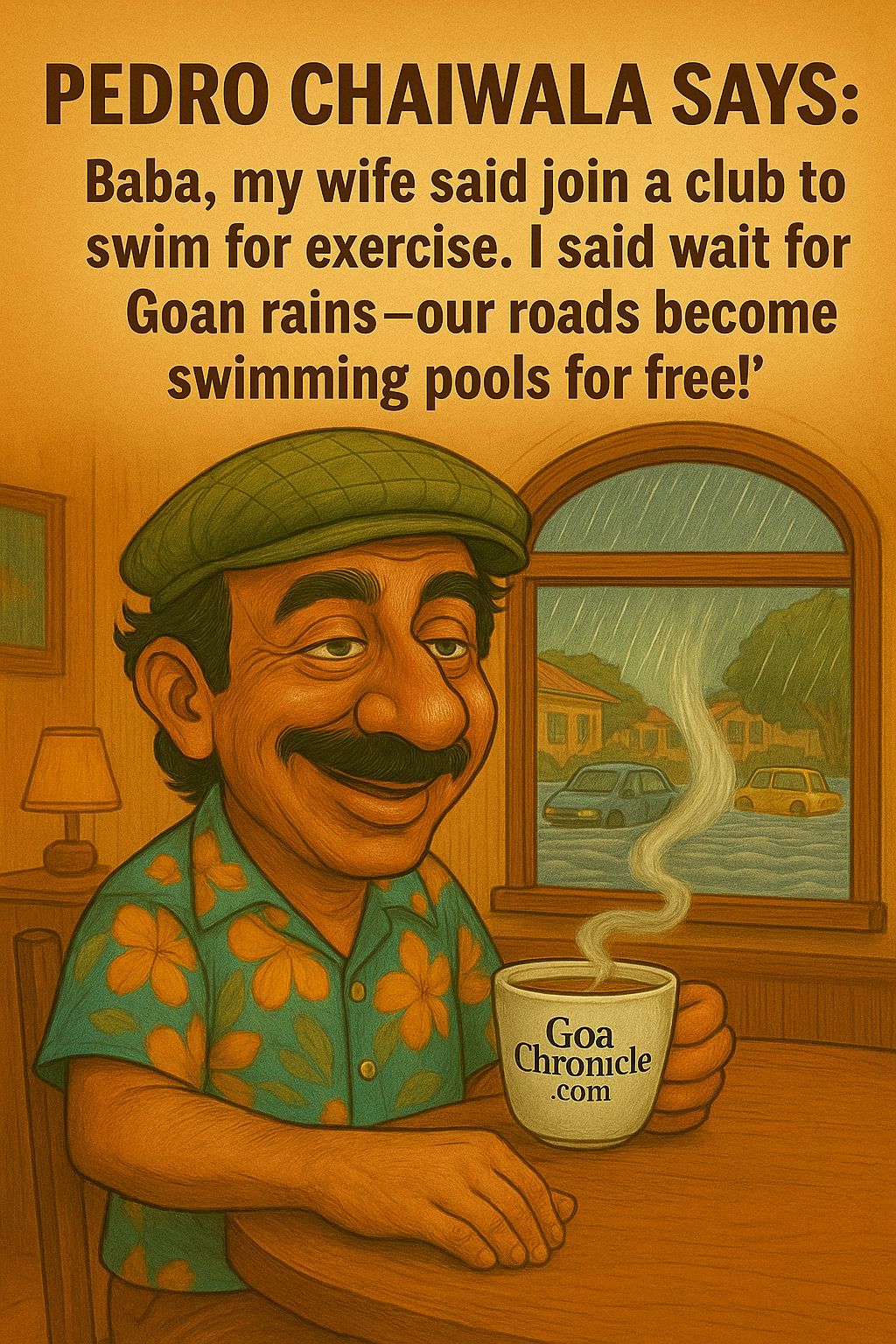Goa has always been known for its sun, sea, and susegad lifestyle, but beneath the waves lies an untapped economic goldmine – aquaculture. While the state boasts some of the most fertile estuaries and brackish water resources in India, its contribution to the country’s overall aquaculture output remains negligible. India, as per the Department of Fisheries, recorded a total fish production of 17.545 million tonnes in FY 2022–23, out of which aquaculture contributed more than 65%. Andhra Pradesh alone accounts for over 35% of India’s total farmed fish and shrimp production. West Bengal, Odisha, and Gujarat follow closely behind with well-organized aquaculture ecosystems built through decades of targeted policy support, infrastructure, and private investment. Goa, in contrast, with a 193.95 km coastline, 250 km of inland waterways, and a vast estuarine network, has all the natural preconditions but very little in terms of commercial cultivation. Only about 160 hectares of Goa’s estimated 18,500 hectares of brackish-water area are under aquaculture production – that’s less than one percent utilization. This stark underuse defines both the problem and the opportunity.
The reasons for Goa’s lag are not a lack of natural wealth but a deficit of structured policy, institutional focus, and entrepreneurial drive in the fisheries sector. The state’s aquaculture initiatives have often been fragmented, with pilot projects that never scaled or policies that remained confined to paperwork. Compare that to Andhra Pradesh’s model – where aquaculture is treated as a full-fledged industrial ecosystem. The state developed clusters of shrimp and fish farmers, established hatcheries, feed mills, cold storage, and export processing zones, and linked everything through cooperative and private partnerships. The result: aquaculture exports from Andhra Pradesh are worth over ₹40,000 crore annually, accounting for the majority of India’s shrimp exports. Goa’s fisheries exports, meanwhile, hover around ₹1,000 crore and are mostly based on wild catch – a resource that is declining due to overfishing and climate-related disruptions. The message is simple: catching fish can feed a few, farming fish can feed generations.
Goa’s potential lies in converting its estuarine and backwater wealth into productive aquaculture zones. The Mandovi-Zuari estuary, the Chapora river, the Sal, the Talpona – all are naturally rich ecosystems suitable for shrimp, crab, milkfish, cobia, and sea bass farming. The recently approved sea cage farming policy by the state government opens another frontier. Sea cage culture, if properly regulated, can transform nearshore waters into high-value production zones. Each cage can produce 5–10 tonnes of fish per year depending on the species, which means even 200 operational cages along the Goan coast can add over 1,500 tonnes of additional fish production annually — with minimal land use.
The economic logic for this transition is compelling. According to CMFRI data, Goa’s marine fish landings stood at around 61,000 tonnes in 2023 – respectable for its size but stagnant compared to previous decades. With coastal overfishing and stricter marine regulations, capture fisheries alone cannot ensure livelihood stability. On the other hand, aquaculture productivity can multiply with each hectare developed. Brackish water shrimp culture yields 3–5 tonnes per hectare, and crab or mixed-species culture can further raise value per hectare. If Goa were to expand from the current 160 hectares to even 1,600 hectares – just ten percent of its potential – the state could generate over 6,000 tonnes of high-value aquaculture produce annually, creating direct employment for over 5,000 youth and indirect jobs for many more in feed, logistics, and processing.
But for this transformation to happen, Goa needs clear, investor-friendly, and environmentally responsible policy. The first requirement is legal clarity – who owns and can lease brackish water land, how long leases can last, and what environmental clearances apply. The current ambiguity discourages private participation. A transparent, single-window lease and licensing framework would unlock serious investment. Second, Goa must develop aquaculture clusters – designated areas with common hatcheries, feed depots, and cold-chain infrastructure – to help small farmers scale efficiently. Cluster-based farming reduces costs, ensures quality control, and allows joint marketing.
Equally critical is the creation of local hatchery and feed capacity. Goa currently depends heavily on seeds and feed from Andhra Pradesh and Tamil Nadu. This adds costs, reduces freshness, and limits flexibility. The state government’s fisheries assistance scheme provides partial support for seed and feed, but the quantum must be raised, and the process simplified. Financial institutions should extend low-interest aquaculture loans under the Agri Infrastructure Fund, with risk mitigation through insurance. Training programs, in partnership with CMFRI and CIFE, can equip Goan youth and fisherfolk with modern aquaculture skills – from pond management to disease control and digital marketing.
Cold chain infrastructure is another missing link. High-value aquaculture needs high-quality handling. Without ice plants, cold storage, and small-scale processing units at landing centres, farmed fish will fetch subpar prices. A public-private partnership model can set up micro-processing and packaging units that supply both local markets and exports. The tourism sector can also play a catalytic role. Hotels and restaurants in Goa consume enormous quantities of seafood daily – most sourced from outside the state. A certification-based “Farmed in Goa” brand can supply local premium markets with traceable, sustainable aquaculture products, linking rural producers directly to urban consumers and the hospitality sector.
Sustainability must, however, be non-negotiable. The environmental mistakes of other states – mangrove destruction, effluent dumping, chemical contamination – must be avoided. Goa’s compact geography actually allows better regulation and monitoring. A “Goa Aquaculture Code” can set water-quality standards, effluent management norms, and certification procedures. Sustainable practices not only protect the environment but enhance brand value and export eligibility, particularly in European and Japanese markets where traceability is mandatory.
If executed well, the aquaculture revolution in Goa could be more transformative than the mining or tourism booms of the past. Unlike mining, aquaculture is renewable. Unlike tourism, it is less seasonal. Unlike industrial manufacturing, it is ecologically compatible with local livelihoods. It can rejuvenate rural areas, offer employment to coastal youth, and reduce migration. The multiplier effect is immense: hatchery workers, feed suppliers, net manufacturers, ice plant operators, transporters, processors, exporters — all benefit. The economic ripple of aquaculture extends far beyond the pond.
To realize this vision, Goa needs political will and bureaucratic urgency. The Fisheries Department must act as a facilitator, not a gatekeeper. Policies should focus on empowering local entrepreneurs, cooperative societies, and self-help groups to enter aquaculture as a viable business. The government’s role should be to create infrastructure, enforce environmental standards, and ensure credit access – the rest will follow naturally.
Goa can no longer afford to depend only on tourism and mining. The state’s blue economy – its ocean and estuarine resources – holds the next wave of sustainable growth. India is already the third-largest fish producer in the world. If Goa captures even one percent of India’s aquaculture output, it would mean over 170,000 tonnes of fish per year – a game-changer for its economy. The sea has always fed Goans; it is time now for Goa to farm the sea with intelligence, innovation, and integrity. With better policies, Goa can indeed become the aquaculture hub of India – a model of how a small coastal state can turn natural abundance into structured prosperity, balancing economy with ecology, and susegad with strategy.





